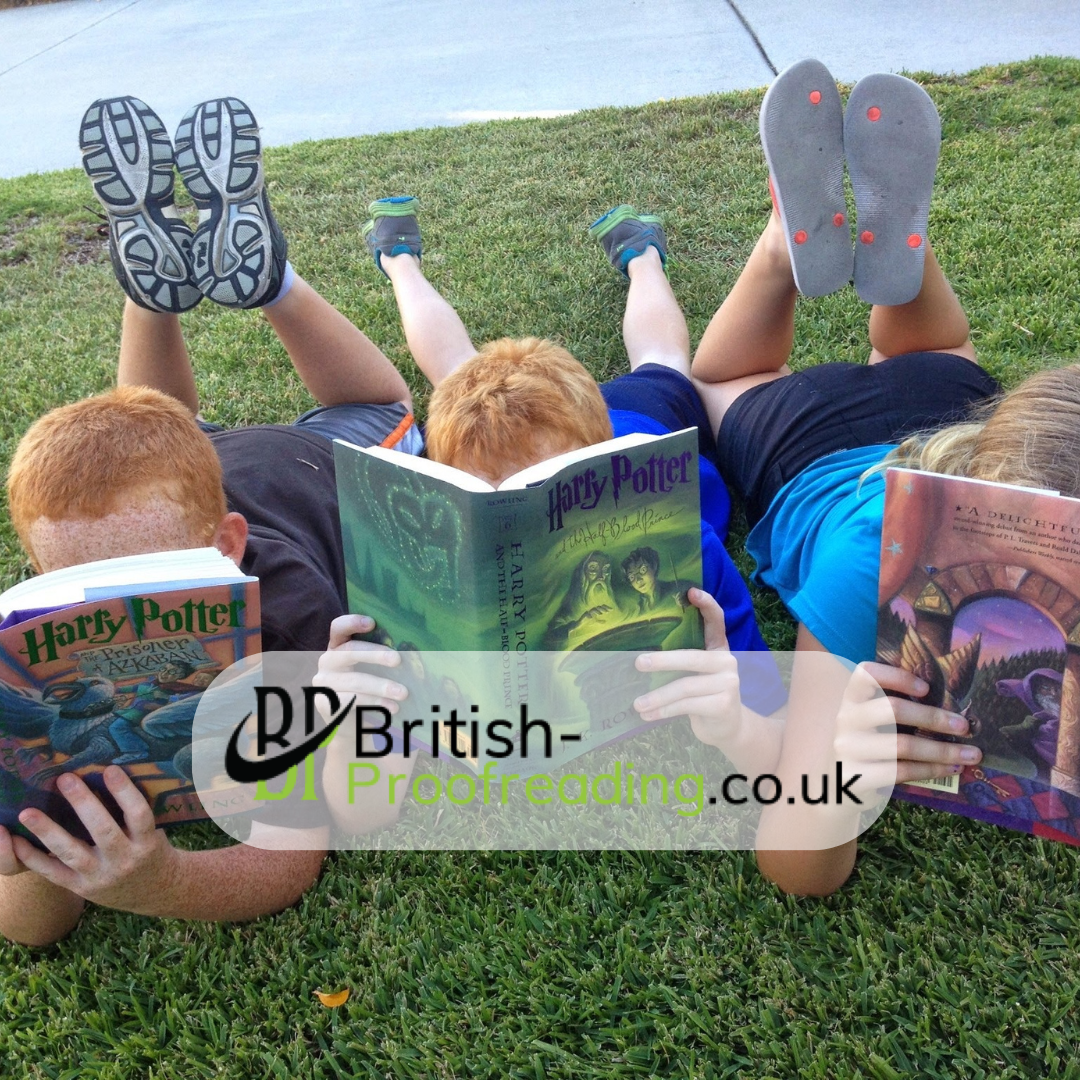Introduction: Why Gender Norms in Children’s Fiction Need Rethinking
Children’s books are more than entertainment. They are building blocks for imagination, values, and identity. For decades, stories reinforced traditional gender roles: boys went on adventures while girls waited to be rescued. These patterns may seem harmless, but they shape how children view themselves and what they believe is possible.
The movement of Breaking Gender Norms in Children’s Books is about creating narratives where both boys and girls are given equal opportunities to shine. Editors play a vital role in this shift. They guide authors to move beyond stereotypes, helping to create balanced stories that inspire courage, kindness, intelligence, and leadership in every child.
How Gender Norms Limit Children’s Stories
Gender stereotypes in literature restrict imagination. They tell boys they must always be brave and never cry, while suggesting girls should be gentle, quiet, or only valued for their looks. Editing is the tool that ensures these limitations are removed.
Common Stereotypes Found in Children’s Fiction
-
The passive princess: Girls waiting to be saved.
-
The adventurous boy: Boys always portrayed as explorers or heroes.
-
Beauty equals worth: Girls admired mainly for appearance.
-
Strength equals leadership: Boys given all the leadership roles.
-
Limited hobbies: Boys play football while girls bake or sew.
Breaking these patterns through editing creates richer, more exciting stories where every child sees their potential reflected.
The Role of Editors in Breaking Gender Norms
Editing is where transformation happens. Authors may write with unconscious bias, but editors identify and refine areas where stereotypes appear.
What Editors Look For
-
Character Balance
Are boys and girls both active in the story? Do they have equal chances to lead, make decisions, and face challenges?
-
Dialogue and Description
Is a girl praised only for beauty while a boy is praised for bravery? Editors reframe language to encourage fairness.
-
Plot Opportunities
Do girls get to solve problems? Do boys get to show kindness? Editors highlight places where roles can be switched or shared.
-
Themes and Messages
Editors ensure the story’s underlying message supports equality — without becoming preachy.
Examples of Breaking Gender Norms in Children’s Books
-
“The Paper Bag Princess” by Robert Munsch: A princess saves herself instead of relying on a prince.
-
“Matilda” by Roald Dahl: A young girl’s intelligence and courage define her character, not her looks.
-
“Pippi Longstocking” by Astrid Lindgren: A strong, adventurous girl leads the story with confidence and independence.
These books show how simple editorial decisions — like changing who takes action — can challenge stereotypes and inspire generations.
Practical Editing Strategies
Rebalancing Roles
If a boy always leads, an editor may suggest giving a girl the key decision in one scene.
Adjusting Dialogue
Instead of describing a girl as “pretty” in every scene, editors may encourage showing her cleverness or bravery.
Diversifying Activities
Children in stories can swap hobbies: girls play football, boys enjoy painting. This small shift has a big impact.
Strength in Kindness
Editors remind authors that boys can show empathy and compassion, just as girls can demonstrate courage and leadership.
Why Professional Book Editing Matters
Breaking gender norms in children’s books is not just about storytelling; it’s about shaping culture. Professional book editing ensures manuscripts don’t accidentally reinforce stereotypes. Editors help authors find balance, polish language, and deliver stories that publishers, parents, and teachers trust.
Authors often look for reassurance before investing in editing, and genuine reviews highlight how professional support turns ideas into polished, impactful books.
Tips for Authors Writing Gender-Balanced Children’s Fiction
-
Give both boys and girls leadership moments.
-
Show intelligence, bravery, and kindness across genders.
-
Challenge clichés. Let the girl climb the tree and the boy care for a pet.
-
Balance illustrations with the text. Pictures should reinforce equality.
-
Keep it natural. Don’t force equality — let it flow through believable characters.
Editing Checklist for Breaking Gender Norms
-
Are boys and girls equally represented?
-
Do both genders have opportunities for action and leadership?
-
Does language avoid praising one gender only for looks or the other only for strength?
-
Are hobbies, skills, and roles balanced?
-
Does the story remain engaging while promoting fairness?
This checklist ensures children’s books encourage imagination without reinforcing outdated roles.
The Long-Term Impact of Balanced Storytelling
Children’s fiction has power far beyond the page. Stories influence confidence, career dreams, and self-worth. By breaking gender norms, books help raise a generation of children who believe they can be both kind and strong, both thoughtful and adventurous.
The responsibility lies not just with authors but also with editors, parents, and educators who choose which books children read. Through editing, we can ensure those books carry messages of equality and opportunity.
Conclusion: Editing as a Path to Equality
Breaking Gender Norms in Children’s Books is about creating worlds where every child feels they belong in every role. By rethinking outdated patterns, editors and authors open the door to limitless imagination.
Professional editing ensures children’s stories reflect fairness, balance, and inspiration. With the right guidance, children’s fiction can shape a future where boys and girls grow up knowing they are equally capable of leading, learning, and dreaming big.

